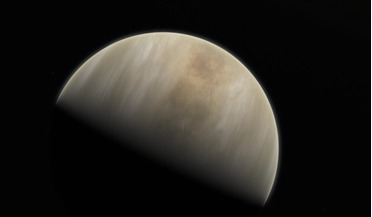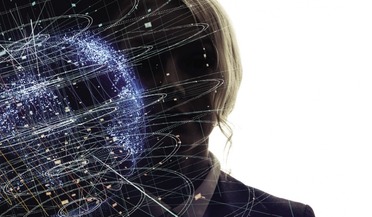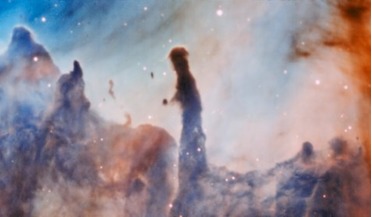 14 July 2021
Phosphine gas on Venus points to volcanism not life, study says
14 July 2021
Phosphine gas on Venus points to volcanism not life, study says
... oxygen to thrive, meaning that on Venus, it likely meant one thing – traces of life scattered throughout the planet’s clouds. Another key method of producing phosphine is through chemical reactions between sulphuric acid and phosphides (P3−), which...
 November 2018
Monitoring illegal rainforest deforestation
November 2018
Monitoring illegal rainforest deforestation
...allow observation at different times of the day, minimising the effects of the cloud coverage that is typical of the equatorial region. The design of the optical payload takes into account the spectral characteristics of the vegetation to monitor its...
 March 2021
iPhone moment for the Earth observation industry
March 2021
iPhone moment for the Earth observation industry
... to capture imagery over an area of interest, receiving the imagery and performing image processing and further analysis in the cloud. The computing layer facilitates the uptake of EO data by providing ready-to-integrate analytics, leveraging...
 19 September 2016
New research challenges ideas on how the Earth was made
19 September 2016
New research challenges ideas on how the Earth was made
...’ origin. This indicates that the gas and dust cloud that eventually formed the Solar System was also populated with tiny grains that had drifted to our corner of the Galaxy from elsewhere. As the cloud collapsed to form planets, these...
 03 November 2016
MUSE instrument produces spectacular new images of the Carina Nebula
03 November 2016
MUSE instrument produces spectacular new images of the Carina Nebula
... Nebula. Credit: ESO/A. McLeod When a massive star is first formed, it destroys the cloud from which it was born. Massive stars are known to have a considerable effect on their surroundings, as they tend to ...
 October 2017
The sci-fi noir world of Blade Runner
October 2017
The sci-fi noir world of Blade Runner
... have slowly mutated into buzz words for market reviews: ‘the cloud’, ‘deep learning’, ‘neural networks’, etc. The flying police cars are known as spinners to fans of the film. While there is a hype, there is also an economic reality. According...